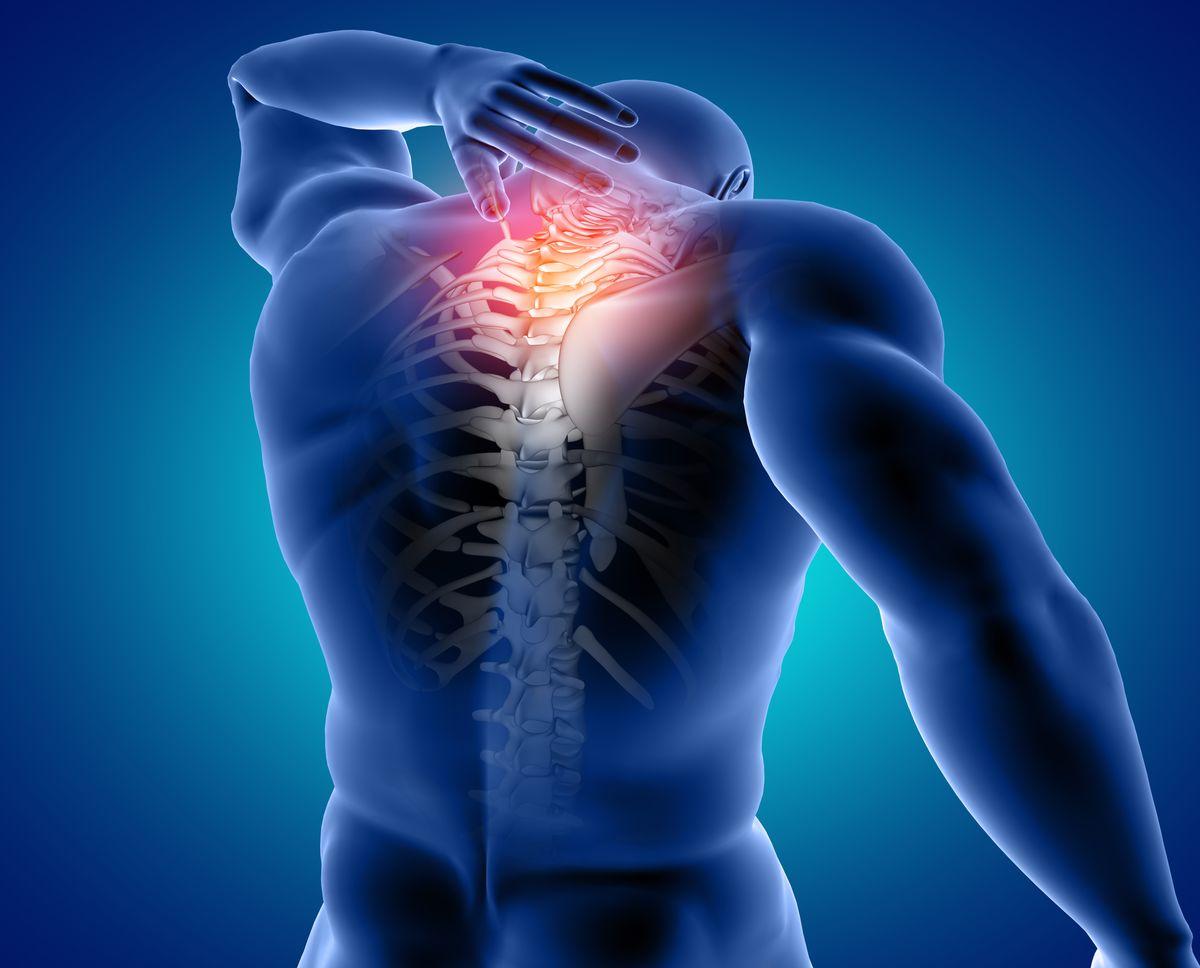PSORIATIC ARTHRITIS
It is a type of arthritic inflammation that occurs in about 15 percent of patients who have a skin rash called psoriasis. This particular arthritis can affect any joint within the body, with symptoms that vary from person to person. Research has shown that persistent inflammation from psoriatic arthritis can lead to joint damage. Fortunately, available treatments are effective for most people.
Fast facts:
- Diagnosis is important to avoid damage to joints.
- Psoriatic arthritis can precede skin changes caused by psoriasis.
- Physical activity helps maintain joint movement.
What is psoriatic arthritis?
It’s a disease in which scaly red and white patches develop on the skin. Those with psoriasis can also develop psoriatic arthritis when the body’s immune system goes into overdrive to attack the skin disease, causing inflammation. Like psoriasis, psoriatic arthritis symptoms flare and subside, varying from person to person, and even changing locations in the same person over time.
Psoriatic arthritis can affect any joint within the body, either in a single joint or in the same joint on both sides of the body, e.g., one or both knees. Affected fingers and toes can resemble swollen sausages, a condition often referred to as dactylitis.
Psoriatic arthritis in the spine, called spondylitis, causes pain in the back or neck, and difficulty bending. It can also cause tender spots at sites in the body where tendons and ligaments join onto bones. This condition, called enthesopathy, can result in pain at the back of the heel, the sole of the foot, or other areas.
What causes psoriatic arthritis?
What causes psoriatic arthritis is not known exactly. Of those with psoriatic arthritis, 40 percent have a family member with psoriasis or arthritis, suggesting heredity may play a role.
Psoriatic arthritis can also result from an infection that activates the immune system. While psoriasis itself is not infectious, it might be triggered by a streptococcal throat infection.
Who gets psoriatic arthritis?
Psoriatic arthritis usually appears in people between the ages of 30 to 50, but can begin as early as childhood. Men and women are equally at risk.
Approximately 15 percent of people with psoriasis develop psoriatic arthritis. At times, arthritis can appear before the skin disorder.
Psoriatic arthritis typically affects the large joints, especially those of the lower extremities, distal joints of the fingers and toes, and can also affect the back and sacroiliac joints of the pelvis.
How is psoriatic arthritis diagnosed?
To diagnose psoriatic arthritis, rheumatologists look for swollen and painful joints, certain patterns of arthritis, and skin and nail changes typical of psoriasis. X-rays are often taken to look for joint damage. Other types of scans such as MRI or CT scans can also be used to look at the joints in more detail.
Occasionally skin biopsies (small samples of skin removed for analysis) are taken, as well as blood tests to rule out other types of arthritis that cause similar signs and symptoms such as gout and rheumatoid arthritis. In patients with psoriatic arthritis, blood tests may reveal high levels of inflammation and mild anemia.
How is it treated?
Treatment varies depending on the level of pain. Those with very mild arthritis may require treatment only when their joints are painful, stopping therapy when they are feeling better.
Non-steroidal anti-inflammatory drugs (NSAIDs) such as ibuprofen (Motrin or Advil) or naproxen (Aleve) are used as initial treatment. If the arthritis does not respond, disease modifying anti-rheumatic drugs (DMARDs) may be prescribed. These include sulfasalazine (Azulfidine), methotrexate (Rheumatrex), cyclosporine (Neoral, Sandimmune), leflunomide (Arava) and the more recently available “anti-TNF agents” such as etanercept (Enbrel), infliximab (Remicade) and adalimumab (Humira). The anti-malarial drug hydroxychloroquine (Plaquenil) may help, but is usually avoided as it can cause a flare of psoriasis.
Azathioprine (Imuran) may help those with severe forms of psoriatic arthritis. For severely swollen joints, corticosteroid injections can be useful. Surgery can be helpful to repair or replace badly damaged joints.
Broader health impact of psoriatic arthritis
The impact of psoriatic arthritis depends on the joints involved and the severity of symptoms. Fatigue and anemia are common. Some psoriatic arthritis patients also experience mood changes. Treating arthritis and reducing the levels of inflammation often helps with these problems.
Living with psoriatic arthritis
Many people with arthritis develop stiff joints and muscle weakness due to lack of use, so proper exercise is very important, as it will improve overall health and keep joints flexible.
Many people with arthritis develop stiff joints and muscle weakness due to lack of use. Proper exercise is very important to improve overall health and keep joints flexible. This can be quite simple.
Walking is an excellent way to get exercise. A walking aid or shoe inserts will help to avoid undue stress on feet, ankles, or knees affected by arthritis. An exercise bike provides another good option, as well as yoga and stretching exercises to help with relaxation.
Some people with arthritis find it easier to move in water. If this is the case, swimming or walking laps in the pool offers activity without stressing joints.
Many people with psoriatic arthritis also benefit from physical and occupational therapy to strengthen muscles, protect joints from further damage, and increase flexibility.
Points to remember
- Psoriatic arthritis is chronic arthritis. In some people, it is mild, with just occasional flare ups. In other people, it is continuous and can cause joint damage if it is not treated.
- For most people, appropriate treatments will relieve pain, protect the joints, and maintain mobility.
- Psoriatic arthritis is sometimes misdiagnosed as or can be associated with gout.
The rheumatologist’s role in the treatment of psoriatic arthritis
It is easy to confuse with other diseases. As specialists in musculoskeletal disorders, rheumatologists are more likely to make a proper diagnosis. They can also advise patients about the best treatment options available.
For more information
The American College of Rheumatology has compiled this list to give you a starting point for your own additional research.
The ACR does not endorse or maintain these Websites, and is not responsible for any information or claims provided on them. It is always best to talk with your rheumatologist for more information and before making any decisions about your care.
The Psoriasis Foundation
Psoriasis Information
National Institute of Arthritis and Musculoskeletal and Skin Diseases Information Clearinghouse
Written by Paul Emery, MD, and Laura Coates, MD, and reviewed by the American College of Rheumatology Patient Education Task Force.
This patient fact sheet is provided for general education only. Individuals should consult a qualified health care provider for professional medical advice, diagnosis and treatment of a medical or health condition.

